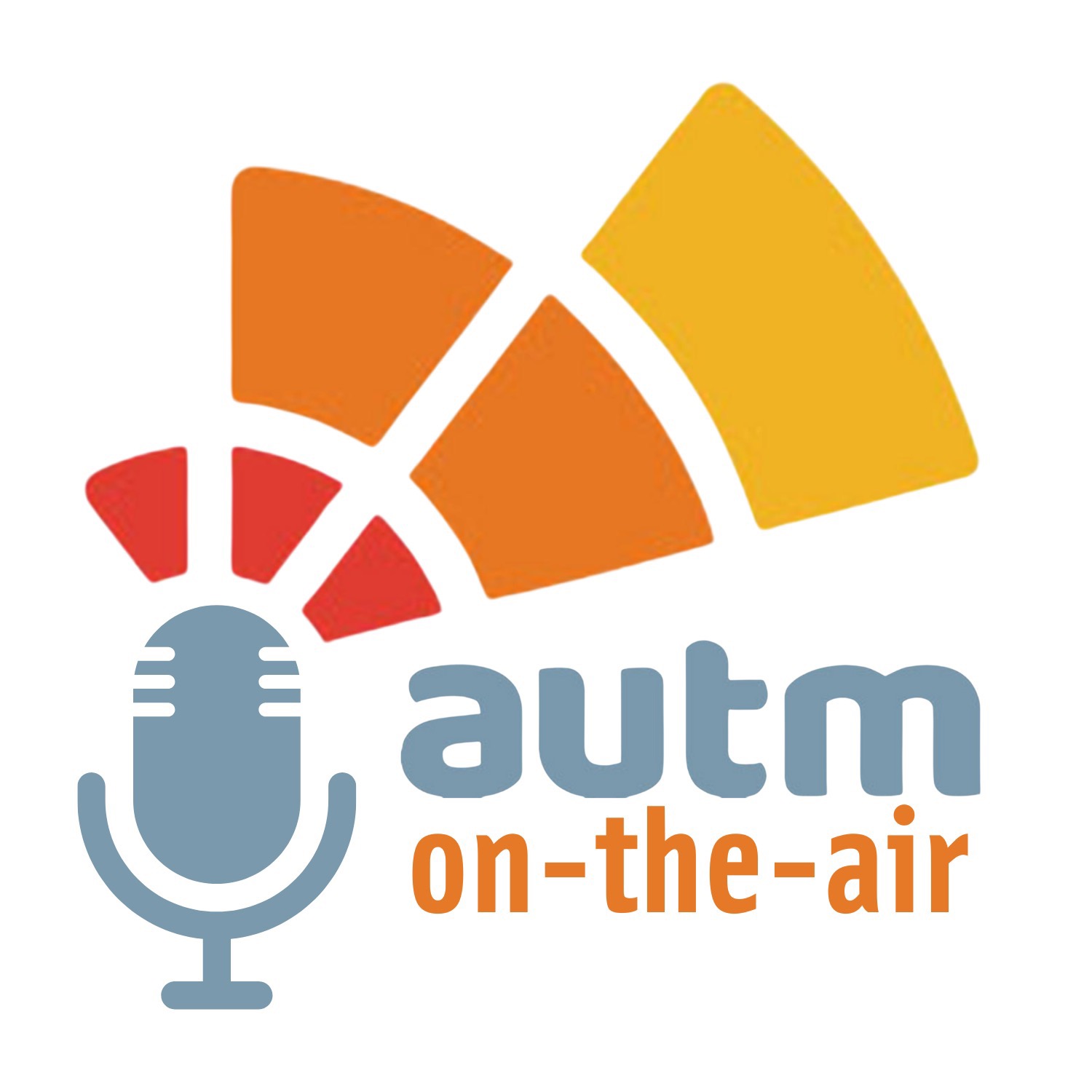Inside the CRISPR Patent Wars: Innovation, Rights, and Legal Battles with Dr. Kevin Noonan
Description
In recent years, CRISPR technology has emerged as a game-changer in the world of gene editing, unlocking remarkable possibilities across various sectors, including healthcare, agriculture, and environmental science.
But what is CRISPR? CRISPR stands for "Clustered Regularly Interspaced Short Palindromic Repeats" and is based on an ancient function of prokaryotes—single-celled organisms such as bacteria and archaea. These organisms use a specialized CRISPR-associated molecule, Cas, to cut and destroy the DNA of invading viruses called bacteriophages.
The CRISPR-Cas system has been engineered to work in eukaryotes, like animals and plants. Its ability to make precise, targeted cuts in DNA sequences allows scientists to insert, delete, and modify DNA across a wide variety of cells. Among the various Cas proteins identified, the best known is CRISPR-Cas9, which has become a transformative tool in genome editing.
Given the potential value of this technology, the CRISPR patent landscape is vast. Some estimates suggest there are more than 12,000 families of patents related to CRISPR technology. Unsurprisingly, disputes have arisen over the ownership of these patents. Most famously, two groups have claimed rights to the use of CRISPR-Cas9 for eukaryotic gene editing: the University of California, Berkeley, the University of Vienna, and Dr. Emmanuelle Charpentier (CVC) on one side, and the Harvard-MIT Broad Institute on the other.
This dispute has led to several complex and lengthy battles in the U.S. Patent and Trademark Office, the European Patent Office, the Japanese Patent Office, the Chinese Patent Office, and in various courts, where proceedings are still ongoing.
Here to help us understand the latest developments in these ongoing disputes is Dr. Kevin Noonan. Kevin is an experienced patent lawyer, molecular biologist, and renowned thought leader in biotechnology and pharmaceutical patent law. He is a partner at the intellectual property law firm McDonnell Boehnen Hulbert & Berghoff, where he co-chairs the firm's Biotechnology and Pharmaceuticals Practice Group.
He is also the co-founder and regular contributor to Patent Docs, a website featuring news and commentary on patent law. In addition, he is a co-editor and contributing author of the book Claim Construction and the Federal Circuit, and a contributing author of Antitrust Issues in Intellectual Property Law, now in its second edition.
In This Episode:
[03:42 ] Dr. Noonan talks about how the Broad Institute and CVC became key players in the CRISPR patent landscape. Broad had very aggressively filed patents. CVC took a more laid back approach. Since the Broad patents were already filed they caused interference when the CVC patents came up.
[05:41 ] Broad had the earlier filing date.
[06:35 ] Dr. Noonan explains interferences.
[11:21 ] Eventually, the patents and applications may need to be decided in court.
[12:03 ] A summary of the main claims and inventions in the first interference. One had a more narrow claim to CRISPR.
[13:22 ] PTAP dismissed the first interference finding no interference.
[15:57 ] Interference number one was a victory to Broad.
[16:14 ] California wasn't happy with the first decision, so they filed a second interference.
[17:40 ] We learn about the rationale behind PTAB holding for Broad.
[21:55 ] The PTAB determined in the first interference that this was complicated and if it didn't work, they didn't really have conception.
[24:42 ] This is really an anomaly in interference law to have the second to conceive in the absence of these diligence issues, to have the second to conceive get the priority.
[25:14 ] Because it's so complicated, it's taking the Federal Circuit a long time to decide.
[26:22 ] Dr. Noonan shares how Broad should approach the case.
[27:32 ] There are four more CRISPR interferences involving Broad and CVC. Two involve Sigma Aldrich and the other two involve ToolGen.
[31:21 ] Dr. Noonan talks about what this means for the future of CRISPR research and applications and what tech transfer offices should be most aware of.
[34:42 ] Lessons that innovators, researchers, and tech transfer offices can draw from all of these interferences moving forward.
[39:35 ] The status of the Broad Institute and CVC's CRISPR-Cas9 patents in Europe.
[45:08 ] We discuss Sigma and ToolGen's patents in Europe.
[47:15 ] The status of the Broad Institute’s and CVC’s CRISPR-Cas9 patents in Japan and China.
[48:28 ] Final thoughts for Tech Transfer offices. It's a moving target, and as time goes by, there's more types of genetic interferences.
[49:45 ] The University of Missouri has gotten the first CRISPR pig patent in Europe. There's a proposed ban in Europe on selling CRISPR genetically modified plants.
Resources:





